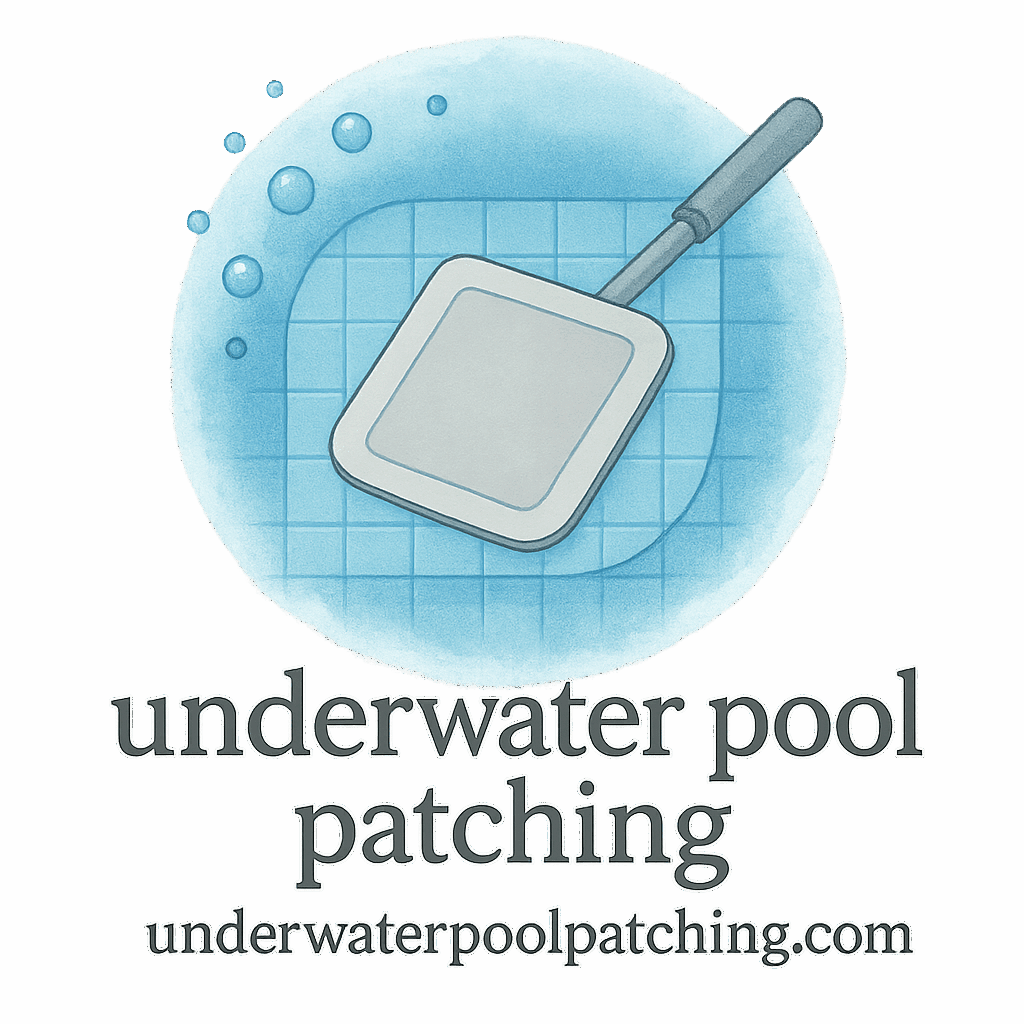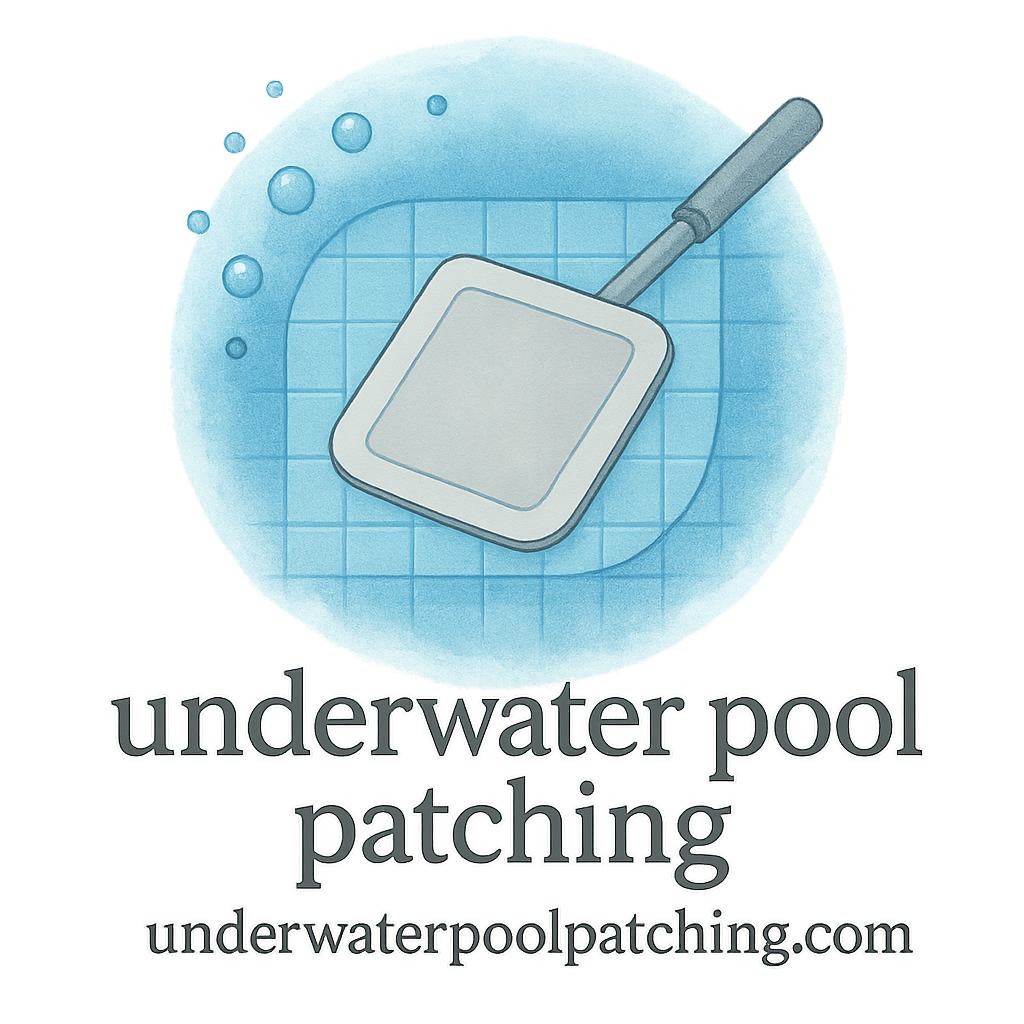Introduction: Why Underwater Pool Patching Matters
If you’ve ever noticed your pool water level mysteriously dropping, you might be facing more than just evaporation. Welcome to the world of underwater pool patching, a vital part of pool maintenance that can save you from skyrocketing water bills, structural damage, and complete resurfacing nightmares.
But how much does it actually cost? Whether you’re dealing with a hairline crack or a gushing leak, understanding the average costs of underwater pool patching can help you budget better, prevent future issues, and even extend the life of your pool.
Let’s dive in!
Understanding Underwater Pool Patching
What Is Underwater Pool Patching?
In simple terms, underwater pool patching is the process of sealing cracks, holes, or leaks without draining the pool. Using specialized tools and materials like epoxy, rubberized sealants, and fiberglass mats, professionals or skilled DIYers can fix issues beneath the waterline.
When Do You Need It?
You’ll need it when:
- You notice water loss beyond evaporation.
- Cracks start forming along the surface or walls.
- Tiles loosen or grout starts crumbling.
- You want to prevent small issues from escalating.
If you’re not sure what’s wrong, get a proper inspection and diagnosis to understand the issue before it worsens.
Factors That Affect the Cost of Pool Patching
Before jumping into the numbers, it’s good to know what affects the price tag.
Type of Damage
A minor surface crack? Cheap. A structural crack threatening your entire pool shell? That’s going to cost you. Leak detection and patching vary widely depending on severity.
Pool Material (Concrete, Vinyl, Fiberglass)
Different surfaces need different solutions. A vinyl liner patch is cheaper than a full concrete patch with epoxy injection.
Patch Material and Technique
Not all patches are created equal. Some require pressure tests, others demand precision smoothing and edge finishing to blend in.
Professional Labor vs. DIY
Going the DIY route can save money—but only if done correctly. Otherwise, it’s a quick way to make a problem worse.
Location and Accessibility
Hard-to-reach cracks, deep-end repairs, or uniquely shaped pools may tack on extra labor.
1. Surface Crack Patching – $100 to $300
Epoxy Injection for Hairline Cracks
Small surface cracks typically require epoxy injections or putty patches. These are relatively low-cost fixes, especially if caught early. Using high-quality epoxy ensures longevity and durability.
2. Leak Detection and Patch – $200 to $600
Pressure Testing and Dye Testing
If you suspect a leak but can’t pinpoint it, a professional leak detection service is necessary. Expect to pay extra for the detection itself before patching begins. This is where cost-saving comes into play—catch it early!
3. Structural Crack Repairs – $500 to $1,500
Reinforcement and Substrate Support
These serious repairs often require internal reinforcement and substrate restoration. If your pool is concrete, brace yourself for higher costs, especially when using professional patching techniques.

4. Tile Repairs and Underwater Grouting – $250 to $800
Loose or broken tiles not only look bad but may hide deeper issues. These often require specialized tools and materials like underwater grout and tile adhesives.
5. Skimmer and Return Line Patching – $350 to $900
Skimmer cracks or leaking return lines need immediate attention. They can affect water circulation and pressure, leading to bigger damage if ignored.
6. Vinyl Liner Patching – $100 to $400
Vinyl liner pools are delicate. Small holes can be patched using underwater vinyl patch kits, while larger damage might require liner replacement.
For budget-conscious homeowners, check out this cost-budgeting guide to make smarter repair choices.
7. Fiberglass Pool Crack Repair – $400 to $1,200
Fiberglass cracks can spider out and weaken the entire structure. Repairs typically include sanding, resin application, and smoothing for a flawless finish.
Don’t forget the importance of proper materials selection and patch life expectations.
8. Full Pool Surface Repatching – $1,500 to $5,000
If your pool’s surface has aged out or been neglected, you may need a full resurfacing. This includes stripping, prepping, and reapplying a fresh finish.
Check our patch-types-materials guide for all your resurfacing options.
9. Emergency Underwater Repairs – $300 to $1,000
Emergencies like sudden cracks or burst pipes under the waterline need quick action. While pricier due to urgency, emergency repairs often prevent thousands in long-term damage.
Check out our tips for money-saving decisions under pressure.
10. Routine Maintenance and Preventative Patching – $50 to $200
Importance of Routine Checks
Prevention is cheaper than repair. Regular routine checks and preventative patching help you avoid massive overhauls. Maintenance plans are available to help you stay on track.
Explore more strategies in our maintenance and prevention section.
Budgeting Tips to Save on Pool Patching
Combine Repairs With Routine Maintenance
Why pay twice? Plan multiple minor fixes during one service visit. That’s a simple budget win.
Choose the Right Materials
Durable, weather-resistant materials mean fewer repairs later. Read our full guide on materials for smart decisions.
When to Hire a Pro vs. DIY
Safety and Skill Level Considerations
If it’s a tiny liner tear, grab your DIY kit. But anything structural or involving pressure tests? Call in the pros.
Hiring experts from UnderwaterPoolPatching.com ensures safety, precision, and long-lasting results.
Conclusion: Plan, Patch, and Protect Your Pool
So, what’s the verdict?
Whether you’re patching a minor vinyl tear or addressing deep structural issues, knowing the average costs of underwater pool patching can save you money, headaches, and gallons of water. Think of it like maintaining your car—small investments today prevent massive repairs tomorrow.
Make sure to schedule regular inspections, use quality materials, and don’t ignore the signs. Your pool—and your wallet—will thank you.
FAQs
1. What’s the cheapest type of pool patching?
Vinyl liner patches, especially DIY kits, can be as low as $20–$100.
2. How do I know if I have a leak?
If your pool loses more than 1/4 inch of water per day, you likely have a leak. A leak detection service can confirm.
3. Is underwater patching safe to do myself?
For minor surface repairs—yes. For deep cracks or pressure-related issues, always consult professionals.
4. How long do patches last?
Depending on material and usage, patches can last 1–5 years. Check out our patch life guide.
5. Can I patch during winter?
Yes, but results may vary depending on temperature and materials. Cold water slows curing.
6. Should I drain the pool for big repairs?
Not always. Draining can cause structural damage in some cases. Most repairs can be done underwater.
7. How often should I check for issues?
We recommend a routine check every 3–6 months or after seasonal changes.


